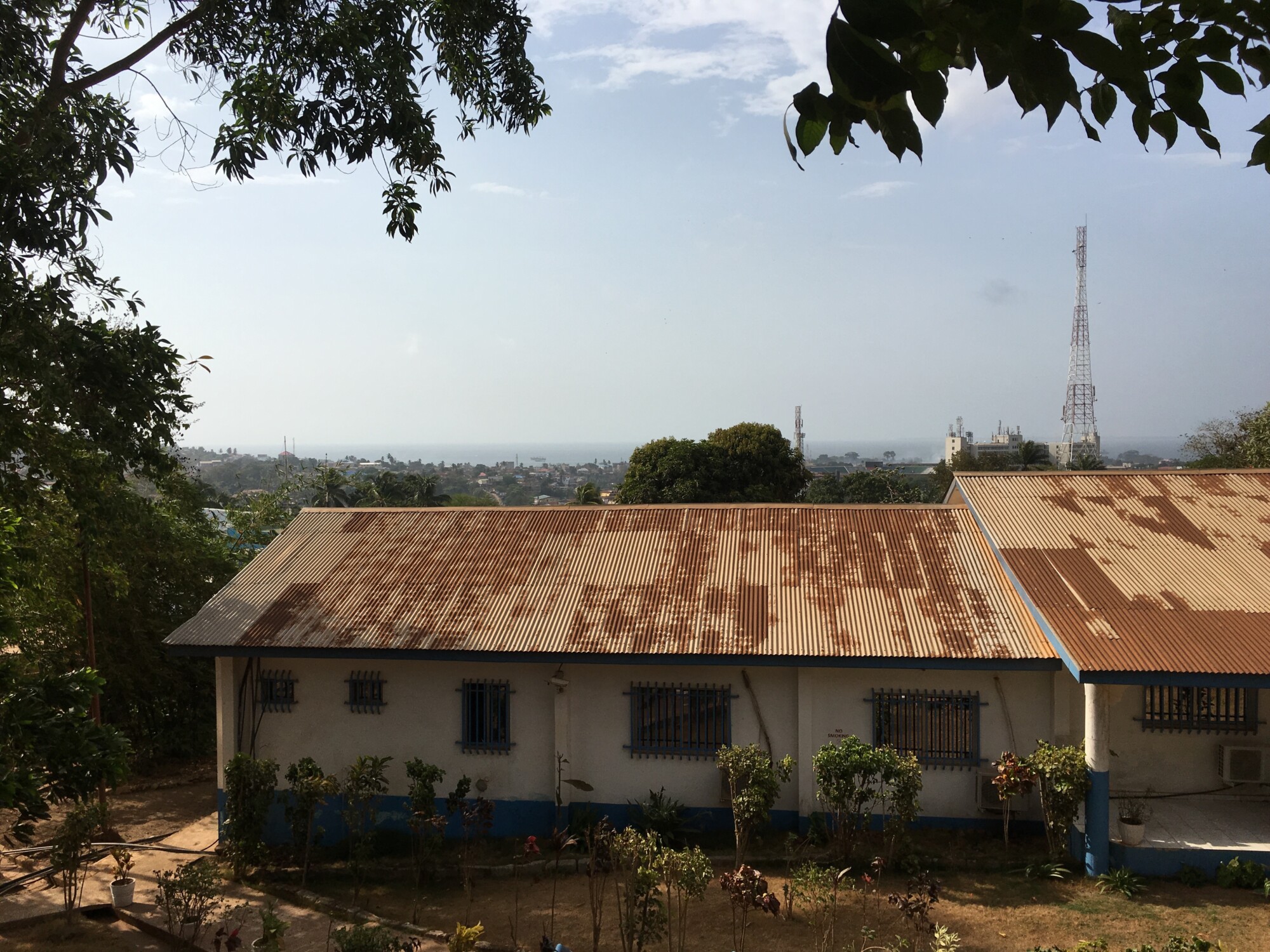
Rwanda: Land of 1,000 Hills



Gradian had the fortune of installing the first UAM in Rwanda, the “Land of 1,000 hills” in October. The quick but productive tripintroduced us to some wonderful people doing wonderful work. Our first stop was to the Integrated Polytechnic Regional Centre (IPRC) in Kigali, where we presented the UAM to 37 students enrolled in the Engineering World Health program. Students in this program are Biomedical Equipment Technician’s (BMETs) from hospitals around Rwanda selected by the Ministry of Health to participate in a 3-year part-time training program to improve their technical skills.
We were pleased to be able to present the UAM to so many BMETs given that we specifically designed the UAM for ease of service and maintenance and train BMETs wherever we install a machine. This meeting offered us a great opportunity to dialogue with those who regularly need to service machines and understand the challenges they face in trying to do their job. It also gave us a head start in training BMETs from hospitals where the UAM may be installed in the future!
After the morning session with Engineering World Health, the Gradian team took the breathtakingly beautiful drive from Kigali to Butare, a town in the southern part of the country,to install the UAM at Butare University Teaching Hospital (BUTH). There, as always, we started the training for the anaesthesia department with a classroom session on Wednesday during which anaesthetists, anaesthesia residents and anaesthesia techs engaged in critical dialogue about the UAM’s operating principles and basic maintenance. Conducted in English, French and Kinyarwanda it was quite a lively session that set us up well for day 2 – in the operating theatre.
Once in theatre participants were given hands-on experience using the UAM during a case. Adding to the information from the first day, the theatre-based training offered another opportunity for anaesthesia to ask the Gradian team questions in real-time as they mastered the use of the UAM.
While we were impressed with the group’s ability to pick-up the UAM quickly, we were thrilled to receive feedback a few days later from the chief of the department saying, “I can confess that the machine is easy to use. Indeed, for the two new [anaesthesia] machines you have seen [elsewhere in the hospital], they spent more than two weeks without being used and yet not everybody is comfortable with them. They only started when I was back from a seminar in Kigali and taught them again after the training by the vendors. However, it has been a surprise to see the techs using [the UAM] easily without any help after your training…”
A week later he followed up with more wonderful feedback, “I am just doing a new case of a 15 days old baby for a laparotomy, still the [anaesthesia] techs are comfortable enough with the machine.
Given the success of this trip we are optimistic that we will be able to expand access UAMs across Rwanda – and look forward to our return!